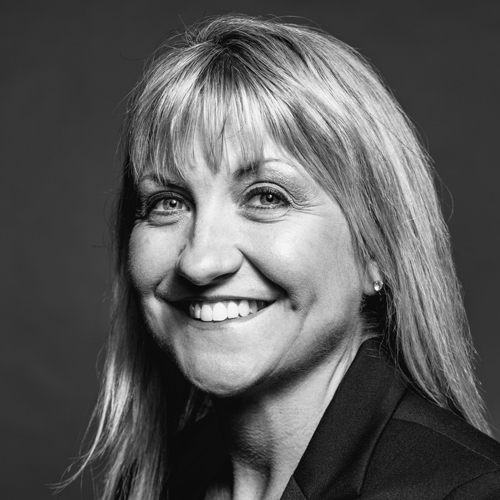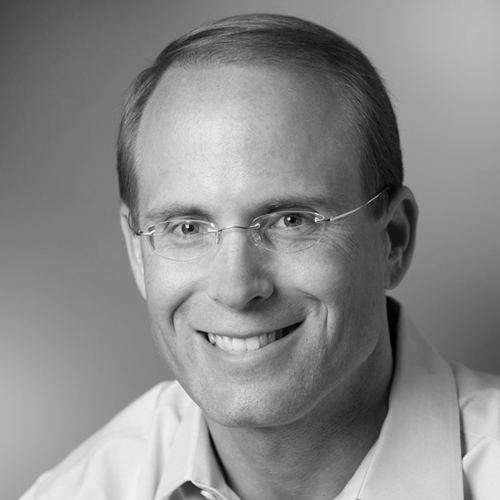When the financial crisis began in 2007, Matt Browndorf launched a private equity fund. It was a move that, in theory, didn’t seem like the best idea on paper, but the venture ended up launching Browndorf to his next step—running his own business law firm. “When I was in the process of winding down the fund in 2011, two of my core investors said they thought I was a brilliant lawyer and would like to be my next two legal clients,” Browndorf says.
Browndorf hadn’t planned to go back into law. Before the fund, launched as Browndorf Private Equity, he was a high-profile East Coast attorney working for industry heavyweights such as Buchanan Ingersoll & Rooney and Bryan Cave. A specialist in the use of technology in the courtroom, Browndorf worked on some of his era’s biggest cases, including latex glove and tobacco litigation. But it was Browndorf’s last case, defending former Tyco CEO Dennis Kozlowski, that drove him into a different industry. “The case lasted three years, from 2002 to 2005, and I burned out,” he says. “It was 18 hours a day, every single day, including Saturdays and Sundays. I asked myself, ‘Do I really want to do this with my life?’”
However, when his clients presented the opportunity to work for them as outside counsel, a transition back into law made sense since Browndorf had the opportunity to do things his own way. “It was just about me, hanging my own shingle,” he says.
Less than three years later, New York-based Wilson Harvey Browndorf (WHB) has expanded from one to 60 employees, a level of growth that can be attributed to Browndorf’s strategic planning rather than active marketing. “We’re a business law firm, so our clientele isn’t going to type ‘I need a lawyer’ into a search engine,” Browndorf says.
The initial key to the firm’s success—which drove it from one to 18 employees in the first year—was building on the foundation provided by its first two clients. “You don’t build it and wait for them to come; you build around that which you already have,” Browndorf says. “By which I mean I didn’t just have a dream, open up an office, and expect people to come in the door. I had two substantial clients who were doing something every month, so we got paid every month.”
Next was scalability. “On any given day you can pick up a newspaper and read about a Fortune 500 company that had to slash jobs because its management team hired too many people,” Browndorf says. “We didn’t want to be in that position, so we scaled nimbly.” In the firm’s first year, two enormous successes created a windfall of cash for the company. Instead of taking the cash home, Browndorf invested it back into the firm, adding five or six lawyers within a week. The increased staff allowed WHB to land another large litigation with high fees, so Browndorf in turn added even more staff.
With those two strategies in place, Browndorf didn’t have any major concerns in the business’s first year, but they came soon enough when it was time for WHB to move to the next level—a challenge because the legal field is based on human capital.
To start, staffing when you’re trying to scale appropriately is difficult. “There was one 30-day period when we took on six to eight new clients,” Browndorf says. “How do you get 10 new people, right now, to make that project work, without letting anyone know you don’t have the staff?” Browndorf says he was fortunate that the market was, and still is, a buyer’s market. “You put an ad out, and you can get 50 resumes in 24 hours.”
But human capital is imperfect, which creates another challenge that Browndorf has met by acting decisively and immediately. “A mentor of mine once said you can never fire someone too soon,” he says, but adds that the process has been organic. “We’ve been fortunate that when someone isn’t performing and we can’t reposition them, we’ve had a lot of what we call ‘natural attrition,’ where the employee knows it isn’t working out and comes to us.”
Key to the firm’s success at this stage of growth, Browndorf says, was investing in areas most small law firms ignore. Many such firms focus on profit centers, or lawyers, ignoring the cost centers, or support staff. After all, why does a firm of 12 lawyers need a chief financial officer, a human resources manager, and three accountants? Browndorf disagreed with that thinking. “Because we invested in those things and ran the company like a business, when I needed people, I had a recruiter in-house to find those people, premiere benefits in place to attract those people, and a controller to ensure that our accounts got paid on time so we could pay those people,” he says.
On the topic of payment, Browndorf also notes that WHB—which now has robust litigation, corporate law, securities, and securitization practices—has a unique approach to fees. “For a lot of clients, we’ve been able to halve and normalize their legal budget,” Browndorf says. Instead of taking a retainer and billing by the hour, for example, Browndorf calculates the anticipated legal cost of a project over a given period. If it’s $1.2 million, he offers to do it for $600,000, with the client paying $50,000 a month on the first of the month for a year. If internal billing shows the arrangement isn’t working out, Browndorf goes back to the client to renegotiate. That way, he says, “the client never gets a surprise bill, and we get to normalize our fiscal planning.”
It’s more unconventional strategy that has added to Browndorf’s success with WHB.

